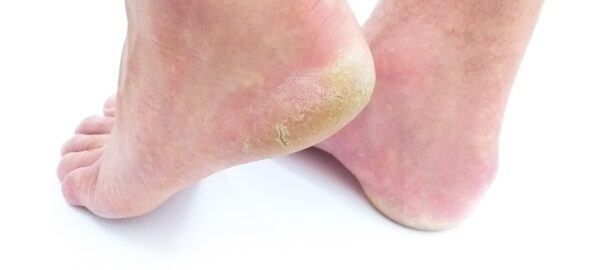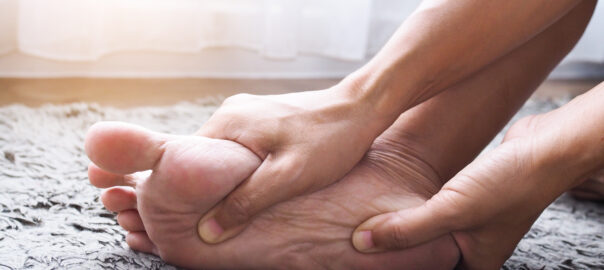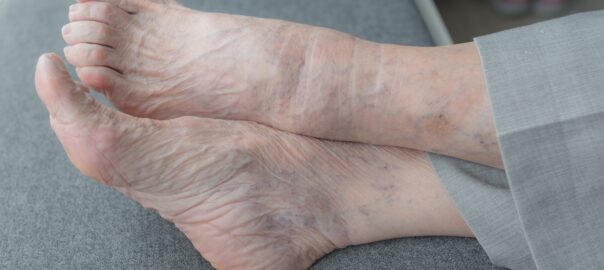Cracked Heels Treatments
Dry, cracked heels are not only unsightly, but they can also be a source of pain and embarrassment. Do you suffer from dry, cracked heels when you wear open heeled sandals? These cracks, known as heel fissures, are caused when excess pressure is placed on dry skin and calluses on the bottom of the foot. They generally aren’t painful at first, but they can be unsightly. If the cracks become deep enough, they can begin to cause pain or even bleed and lead to infection.
The skin on the heels may become dry for a variety of reasons, and this can precede a condition that is known as cracked heels. Standing for extended periods of time throughout the day, and frequently wearing shoes that have an open back are some ways this ailment may develop. There are also medical conditions such as psoriasis, eczema, or a thyroid disorder that can cause cracked heels.
If you are suffering from heel fissures, here are some helpful home remedies:
- Moisturize your feet daily
- Increase your water intake to keep your body hydrated
- Wear clean socks and closed shoes as much as possible
- Limit time in the shower as hot water dries out the skin
- Avoid barefoot walking, especially on hard surfaces
- Use a pumice stone in the shower to help remove dead skin & soften calluses
It is important to seek professional help if unsure how to proceed in treating cracked heels. A podiatrist will help you with any questions or information needed.
If you have any questions, please feel free to contact us at 312-998-0974 to schedule podiatrist visit to your home. We offer the newest diagnostic and treatment technologies for all your foot care needs.









